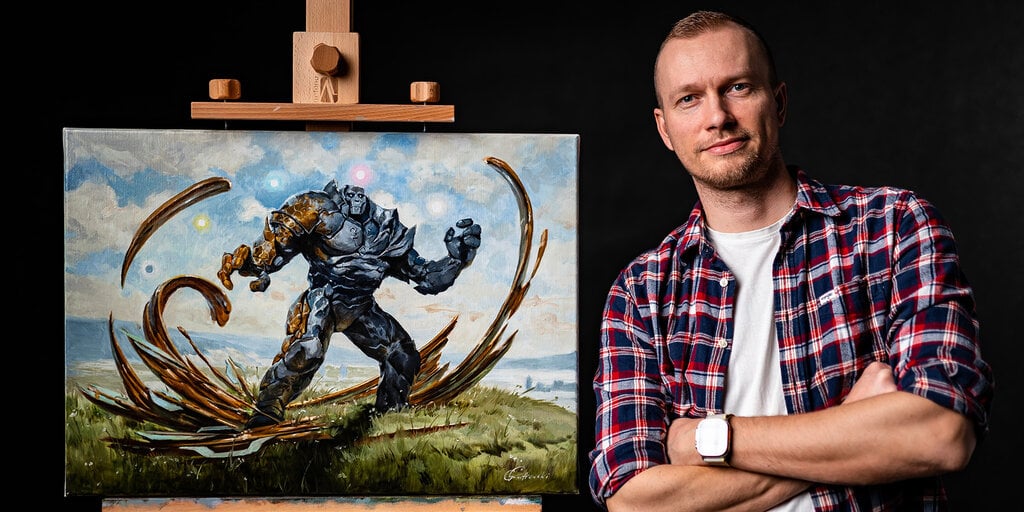Greg Rutkowski, a digital artist known for his surreal style, opposes AI art but his name and style have been frequently used by AI art generators without his consent. In response, Stable Diffusion removed his work from their dataset in version 2.0. However, the community has now created a tool to emulate Rutkowski’s style against his wishes using a LoRA model. While some argue this is unethical, others justify it since Rutkowski’s art has already been widely used in Stable Diffusion 1.5. The debate highlights the blurry line between innovation and infringement in the emerging field of AI art.



This is the process I was referring to when I said it makes copies. We’re on the same page there.
I don’t know what the solution to the problem is, and I doubt I’m the right person to propose one. I don’t think copyright law applies here, but I’m certainly not arguing that copyright should be expanded to include the statistical matrices used in LLMs and DPMs. I suppose plagiarism law might apply for copying a specific style, but that’s not the argument I’m trying to make, either.
The argument I’m trying to make is that while it might be true that artificial minds should have the same rights as human minds, the LLMs and DPMs of today absolutely aren’t artificial minds. Allowing them to run amok as if they were is not just unfair to living artists… it could deal irreparable damage to our culture because those LLMs and DPMs of today cannot take up the mantle of the artists they hedge out or pass down their knowledge to the next generation.